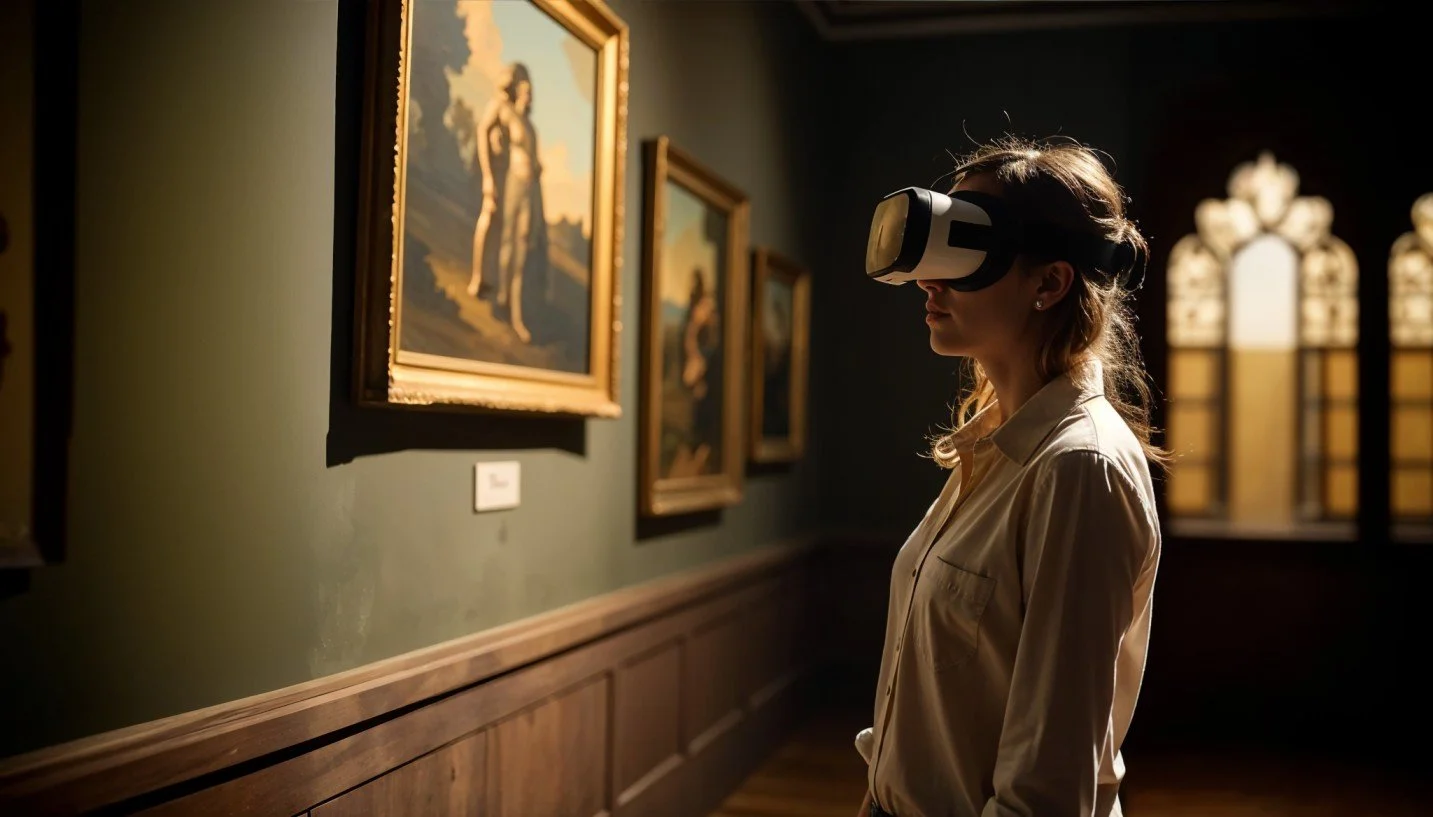The Power of Virtual Tours & Immersive Technologies in the Public Sector
Introduction
The public sector is undergoing a digital transformation, leveraging virtual tours and immersive technologies to enhance accessibility, efficiency, and engagement. From government institutions to public safety training, these technologies are playing a vital role in improving operations, transparency, and public services.
With growing demand for real-time visualization, interactive experiences, and data-driven decision-making, virtual tours are no longer a luxury—they are a necessity.
Why Virtual Tours & Immersive Technologies Matter for the Public Sector
Enhancing Government Transparency & Public Access
Virtual tours allow governments to offer open access to facilities, historical landmarks, and decision-making spaces. Citizens can:
Explore government buildings remotely
Virtually visit public infrastructure projects before completion
Increase engagement with educational and cultural sites
This fosters transparency, trust, and inclusivity, allowing the public to interact with their government in a modern and accessible way.
Training and Simulation for Public Safety and Emergency Services
Immersive training environments provide realistic simulations for law enforcement, military, and emergency response teams. Using VR-powered training, agencies can:
Prepare for high-risk scenarios in a controlled environment
Enhance firefighter and medical training without real-world dangers
Improve law enforcement readiness through crisis simulations
This ensures that critical teams are well-prepared while minimizing risk and training costs.
Urban Planning and Smart City Development
City planners and policymakers can leverage 3D visualization and AI-powered virtual models to:
Showcase urban development plans to the public
Use data-driven simulations to optimize infrastructure projects
Enhance sustainability initiatives by analyzing environmental impact
By integrating immersive technologies, governments can make better decisions, improve communication with stakeholders, and accelerate approvals.
Tourism and Cultural Preservation
Virtual tours offer a new way to preserve and promote cultural heritage. Public institutions can:
Digitally archive historical sites to ensure long-term accessibility
Create interactive museum experiences to attract global visitors
Use immersive storytelling to educate future generations
This protects cultural assets while making them more accessible to the world.
Why X51 is the Ideal Partner for Public Sector Virtual Tours
When it comes to virtual tours and immersive solutions, public institutions need scalability, security, and cutting-edge AI integration—not just a standard virtual tour.
At X51, we specialize in tailored, AI-driven, and highly interactive solutions built for government agencies, public safety, urban planning, and cultural preservation.
AI-powered automation to enhance accessibility and efficiency
Secure and scalable platforms for large public institutions
Seamless integration across web, mobile, and VR devices
Fully customizable to fit any public sector use case
Whether it is training emergency responders, showcasing smart city developments, or making government spaces more accessible, X51 ensures the highest level of quality and reliability in virtual tours. Learn more here.
Resources
The Role of Virtual Tours in Government – https://www.govtech.com/virtual-tours-and-public-sector-innovation
How VR is Revolutionizing Public Safety – https://www.emergency-response-vr.com/vr-training-public-safety
Smart Cities and Immersive Technology – https://www.smartcitiesdive.com/news/how-immersive-tech-drives-urban-development
X51 Technologies: Virtual Tours for the Public Sector – https://x51.ai/public-sector


